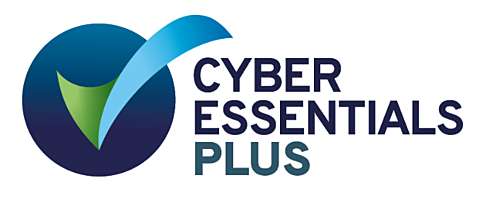Outsourcing Investments
13 Dec 2021
Deciding to outsource
Our client had an in-house investment team including provision of investment advice and some direct investment management and was on a journey towards a greater level of outsourcing. However, they didn’t know how they should approach the range of options for outsourcing, while pursuing their objective to further derisk the scheme.
They wanted independent expert advice on the outsourcing options available and how they could get from their current approach to a new way of working. They knew it would be important not to lose aspects of governance and Trustee/ Company engagement that were working well, so that all the main stakeholders could coalesce around an agreed way forward.
Our client recognised that outsourcing presented an opportunity to reconsider their requirements and governance approach: What was working well? Where did they need to improve? What challenges were they now facing? What were other schemes doing? How could each option help and which was best?
We were appointed to help facilitate this review. In approaching and conducting the review we did not lead the witness. Our client felt that we listened carefully to their views and did not approach the exercise with a rigid set of options and a foregone conclusion.
They told us our successful approach was founded on excellent interview, reporting and discussion skills, in our ability to make relevant challenge and bring in expert subject knowledge, and to help them reach practical conclusions that could be implemented at the required pace.
Considering the options
We interviewed key stakeholders from both the Company and Trustee and also the Scheme Actuary to make sure that we were getting rounded and representative views. This also gave us rounded insights into the future requirements, the priorities, and how each party experienced the current investment governance model. For example, a focus of the Company was to reduce the volatility of pension fund risk on its balance sheet.
As well as views on technical options and models, the interviews gave us insights into the investment governance and ways of working. Governance is as much about culture, personalities and behaviours, about how people work together, as it is about dry process. So, the interviews were a window into what worked well, what would need to be different in a future model, and what needed clarifying or fixing.
We think the main skill with interviews is creating a non-judgmental environment in which people with different experience and backgrounds are comfortable in being candid and open with their views and concerns. It takes thorough preparation, good inter-personal skills and a willingness to put ourselves into the client’s shoes. We were able to quickly build trust with individuals and have a positive conversation so that our findings and recommendations could be positioned realistically and presented on a ‘no surprises’ basis.
Making the decision
The focus of our review had been to consider the options available to our client following the decision to outsource their internal investment team. We considered this and what, in our view, the client would require from their investment model going forward. Our findings considered the range of options available, which we thought most suitable and why, and how they could over time move to the new basis, and possibly refine it further in future.
We presented our findings to the Trustee and included some observations on their governance: for example, the need for clarity on how strategic issues were being addressed and changes to the internal governance structure which would be beneficial.
The Trustee thought our report was honest and didn’t “pull any punches” – reflecting the benefit of our independence and our focus on the specific project objectives, not on future consulting opportunities.
Key learnings
- It is important to genuinely listen and avoid entering a governance exercise with a foregone conclusion in mind;
- The perspectives of all stakeholders are important to bring in with an independent mindset, in ways that respect but do not inadvertently promote historical positions;
- Tough messages occasionally need to be delivered, but this can be done in a constructive way. External facilitation can help achieve this and reduce problematic attachments to particular positions;
- Whilst the ultimate goal might be a fully outsourced model it is important not to over-reach on change management with the resources that may be currently available; consider how existing gaps might be filled and think about what intermediary steps might be needed to get there over time.


